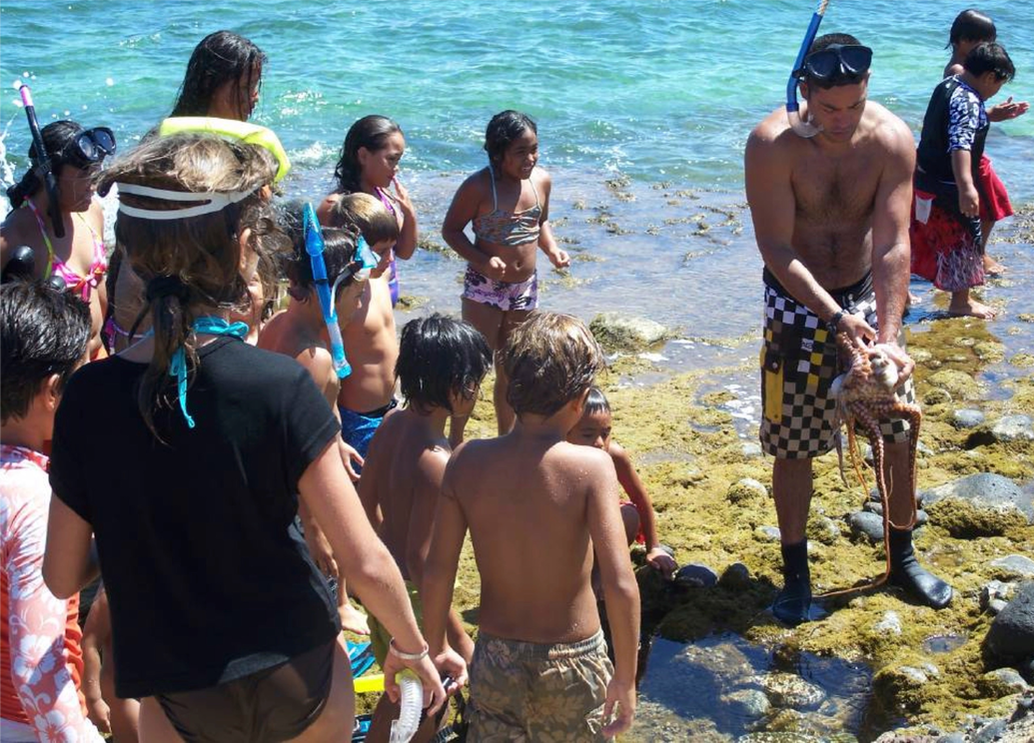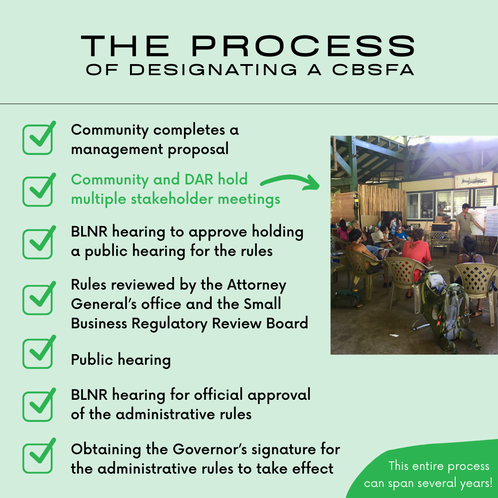COMMUNITY-BASED SUBSISTENCE FISHING AREA (CBSFA)
"Kipahulu Ohana chose to pursue a CBSFA because it is the only fisheries management area designation in Hawai'i that emphasizes traditional practices and Hawaiian lifestyle, not just the fish abundance itself'." - Scott Crawford, Kīpahulu 'Ohana


